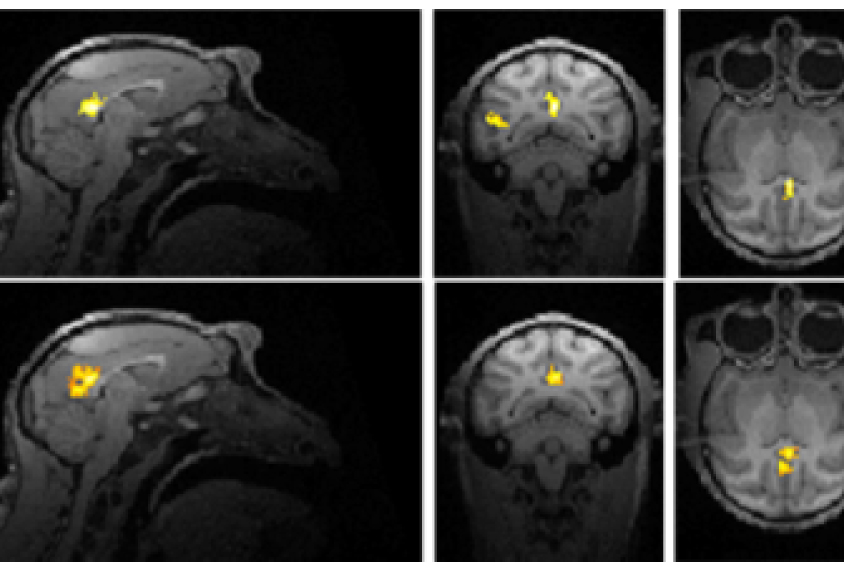
Monkeys with autism mutation show condition’s key traits
Researchers have engineered two generations of monkeys with mutations in SHANK3, a top autism gene. The first generation shows traits reminiscent of the condition.
Researchers have engineered two generations of monkeys with mutations in SHANK3, a top autism gene. The first generation shows traits reminiscent of the condition, according to a study published today in Nature1.
The researchers are the first to engineer monkeys using the gene-editing tool CRISPR and then to breed a second generation using sperm from the first monkeys. (Last year, another team described autism traits in a single monkey with a mutation in the same gene, also made with CRISPR2.)
The first generation of monkeys in the new study has severe repetitive behaviors and problems with sleep, movement and social skills. The monkeys also show brain-activity patterns similar to those seen in autistic people.
The findings represent the best evidence so far that monkeys are a valuable model for autism and for Phelan-McDermid syndrome, a related condition that also involves SHANK3.
Monkeys are essential for testing autism treatments because they are much more similar to people — in brain structure and behavior — than mice are, says co-lead researcher Guoping Feng, Poitras Professor of Neuroscience at the Massachusetts Institute of Technology.
“There is still a gap between the current models and the clinical applications,” he says. “If a model has better translational value, then it will dramatically improve the probability of success.” Feng’s team is raising a colony of the mutant animals.
The team’s success in breeding the second generation is particularly impressive, experts say.
“It’s quite remarkable that they got germline transmission; it’s very ambitious,” says Michael Platt, professor of psychology at the University of Pennsylvania in Philadelphia, who was not involved in the study. “This has been a dream outcome for a long time, but one that has been difficult to make happen, for a variety of reasons.”
Monkey do:
In 2014, Feng and his colleagues used CRISPR to introduce a SHANK3 mutation linked to autism into single-cell monkey embryos. They injected the modified embryos into 26 female monkeys, 12 of which became pregnant. In 2015, four male monkeys and one female were born, each carrying a mutation in SHANK3.
The researchers started monitoring the monkeys’ behavior at 1 year of age. (The monkeys are now roughly 4.) The mutant monkeys tend to be less active than controls, the team found. They also have trouble sleeping: They take longer to fall asleep and wake up more often. Sleep problems are common in people with autism or related conditions, Feng says; mice are poor models for these problems, as they wake every 10 minutes.
Like autistic people, the monkeys show a range of repetitive behaviors. Some of the animals flip around in their cages; others repeatedly bite the cage bars or lick their fingers.
The mutants also tend not to initiate contact with another monkey placed in their cage, hinting at social problems. And they show learning impairments: They were either less adept than controls at catching on to a change in rules for finding a hidden treat, or they did not engage in the task at all.
It would be interesting to know whether the monkeys have seizures or sensory sensitivities, which are common among people with Phelan-McDermid syndrome, says Yong Zhang, professor of genetics and developmental biology at the Chinese Academy of Sciences in Beijing. Zhang was not involved in the study.
Round two:
The researchers scanned the monkeys’ brains for coordinated activity between pairs of brain regions, a measure of brain connectivity. The mutant monkeys have unusually low connectivity across some long-range circuits and within two interior brain regions, the thalamus and striatum. They show enhanced connectivity in the somatosensory cortex, which processes sensory stimuli. Some people with autism show similar connectivity patterns.
“[The study reveals] a lot of very nice correspondence with what you see in people with SHANK3 mutations,” Platt says. “I think that’s really very compelling that you see so many different features disrupted.”
Not all of the cells in the CRISPR monkeys carry the mutation; the proportion that does varies among the animals. However, when the researchers used mutated sperm from one of the four male mutants to fertilize eggs from typical monkeys, the three resulting infants ended up with the mutation in all their cells.
The second generation of monkeys is still young; the oldest monkeys are 10 months. The researchers plan to rigorously test their behaviors.
Unlike last year’s study, the new study has enough monkeys to assess the impact of the mutation, says Yongchang Chen, professor of developmental biology at Kunming University of Science and Technology in China.
“Evaluating the [next] generation will require patience but will be important,” says Chen, who was not involved in the work. Chen’s team published a study describing five monkeys with mutations in MECP2, the gene mutated in Rett syndrome3.
Feng says his team plans to use the monkeys to assess treatments, including gene therapy, for autism and related conditions.
References:
Recommended reading
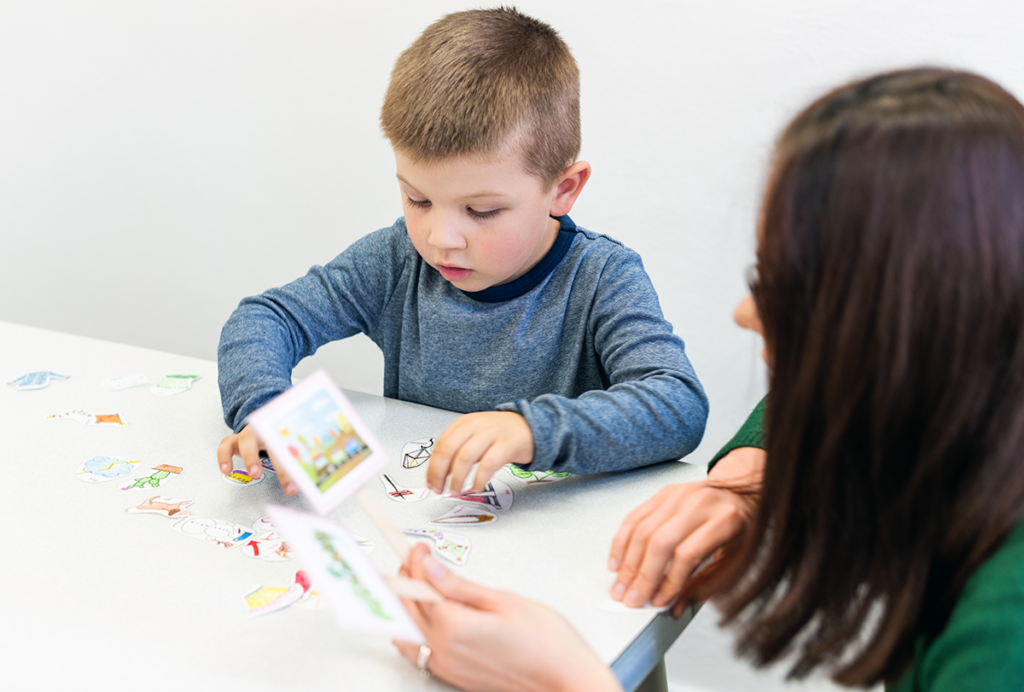
Genetic profiles separate early, late autism diagnoses
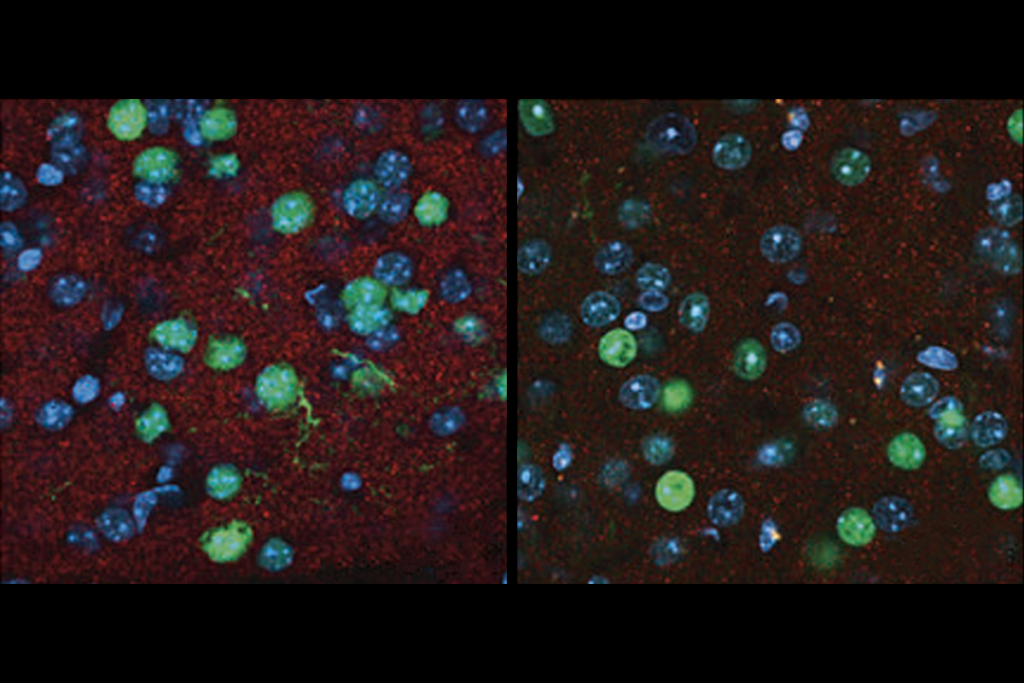
SHANK3 deficiency and behavior in mice; and more
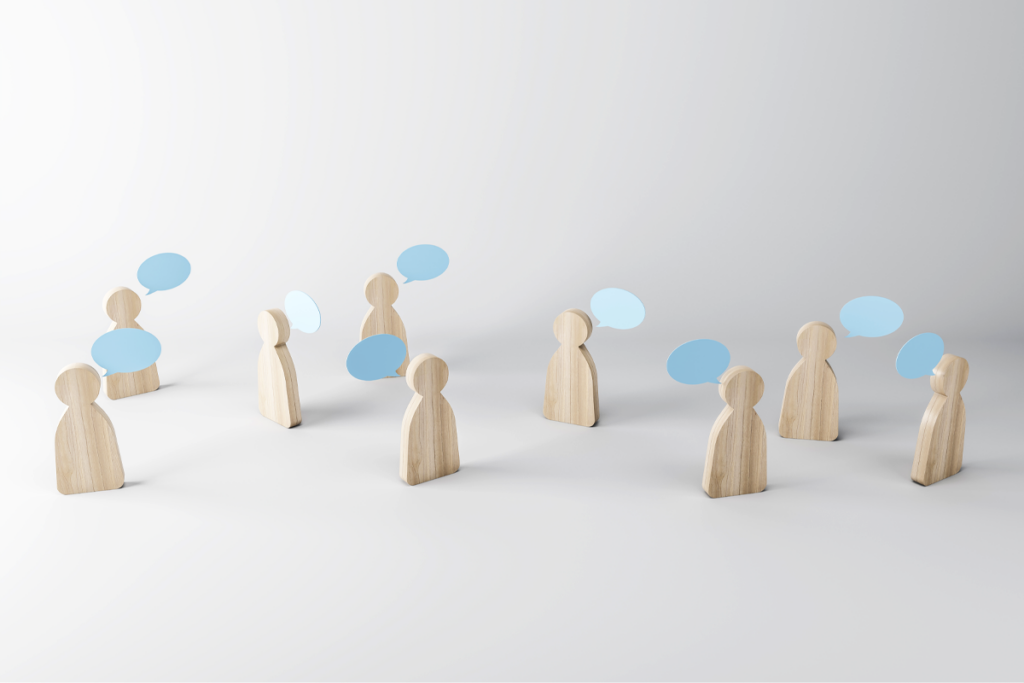
Autism scientists push back on CDC’s inaccurate vaccine claims
Explore more from The Transmitter
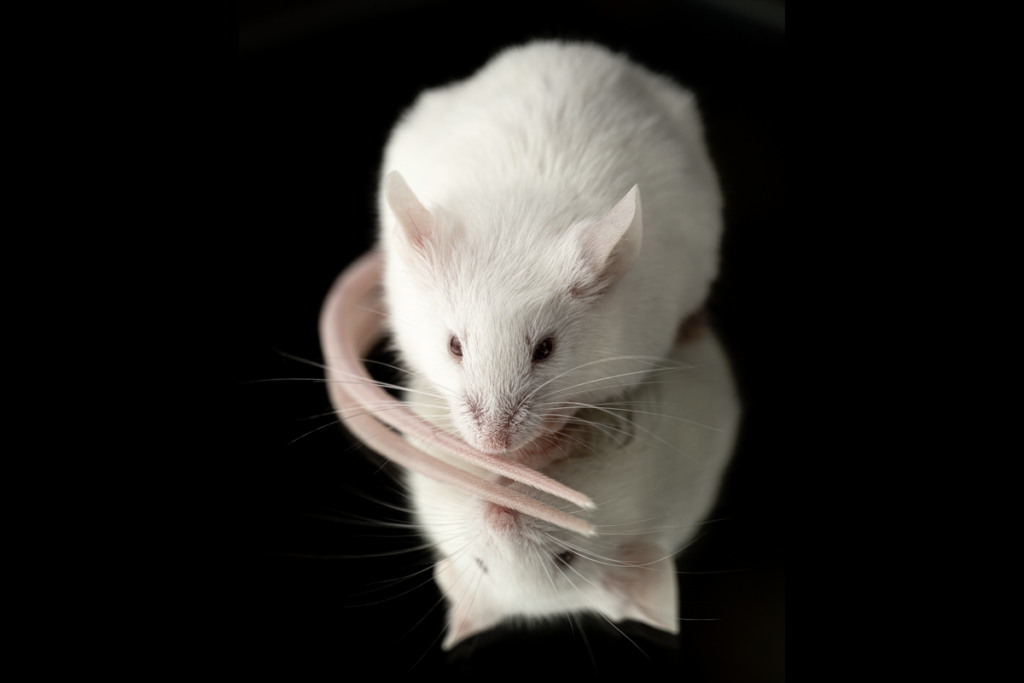
To persist, memories surf molecular waves from thalamus to cortex

Sex hormone boosts female rats’ sensitivity to unexpected rewards
